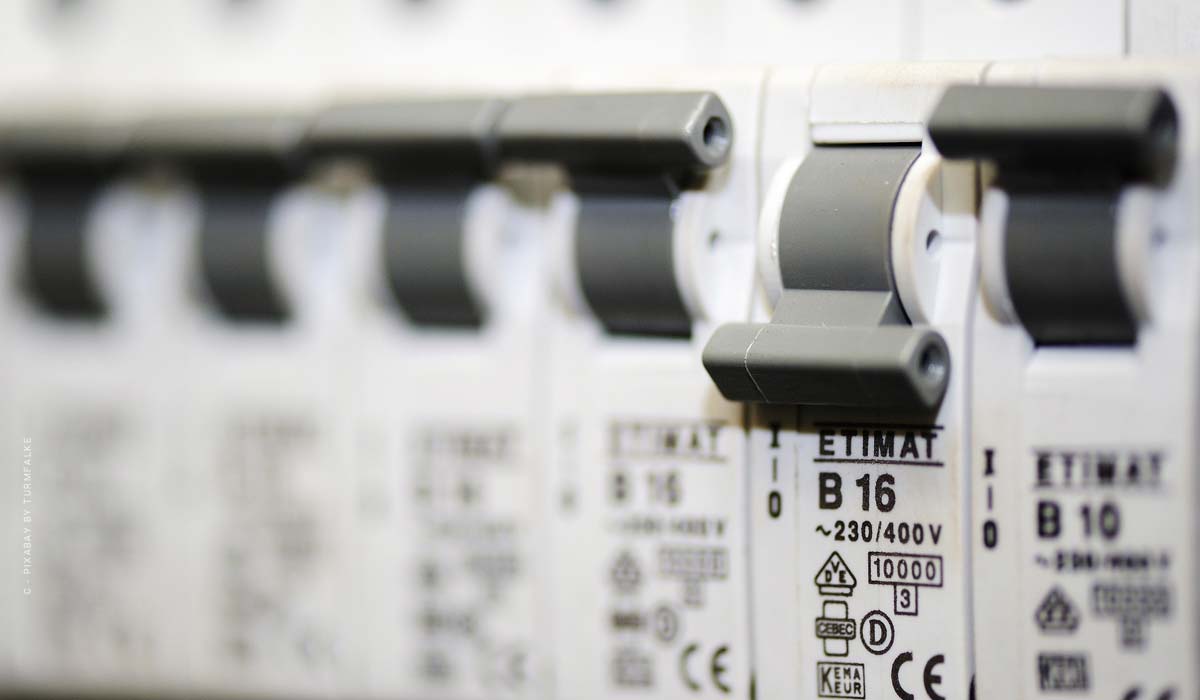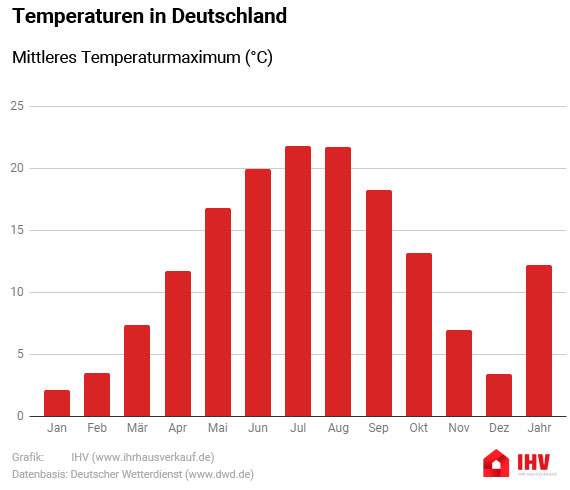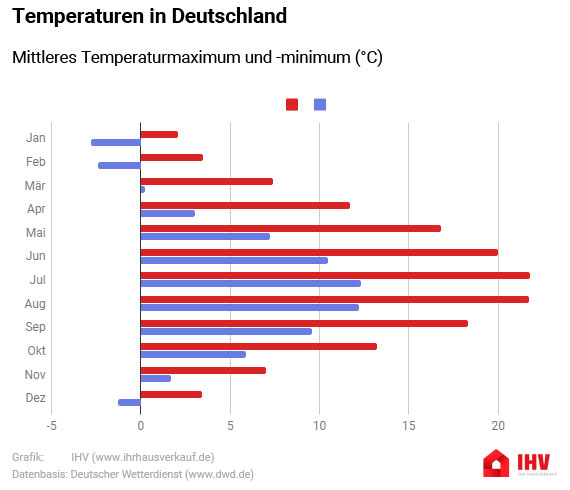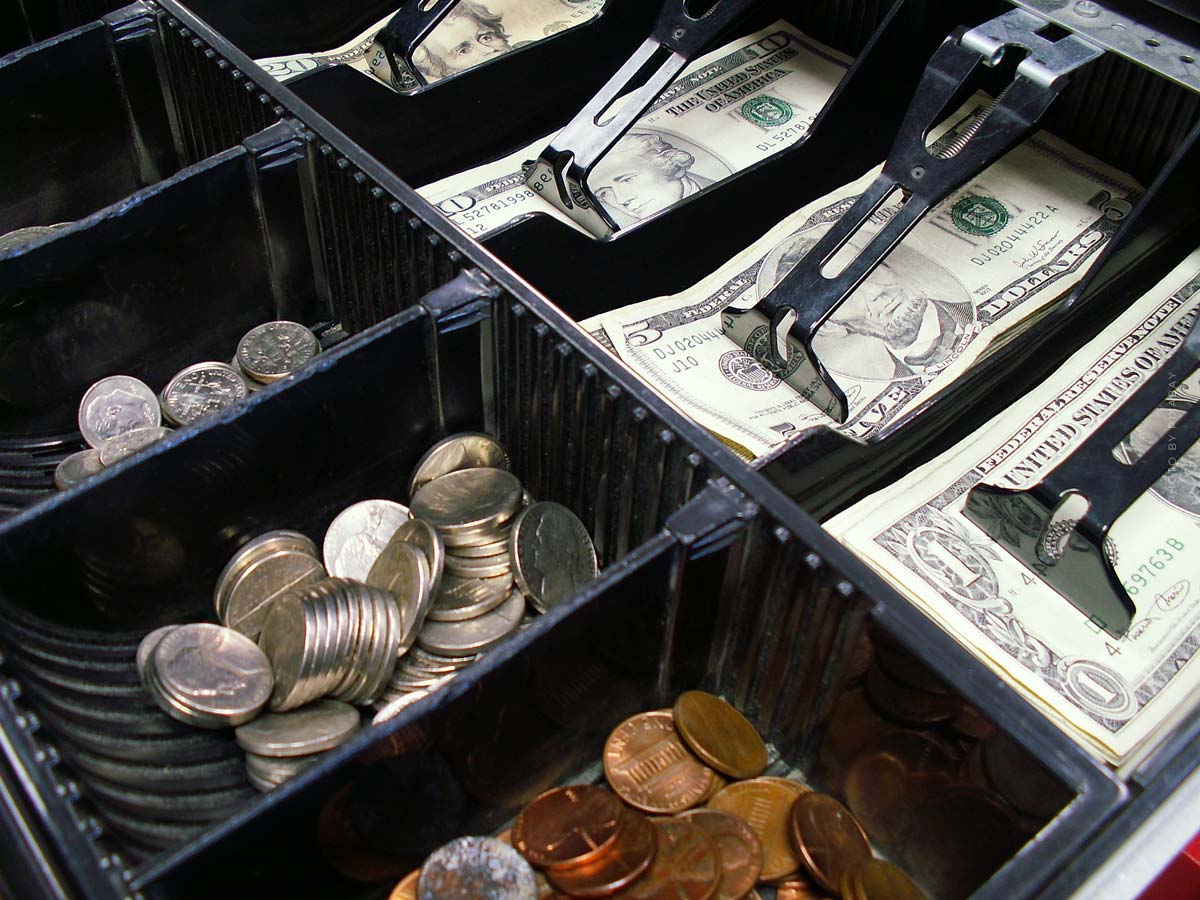Wind power plant – using renewable energy through wind
Wind turbines are most commonly seen in wind farms, where several horizontal axis wind turbines are erected on a large area. You can see them from far away and already the wind turbines have integrated themselves into our landscape. They are probably the clearest witnesses of the steadily advancing energy turnaround in Germany. But what is there to know about the large energy producers and does renewable energy from wind also have its disadvantages?
Wind turbines – everything you need to know about renewable energy from wind
Most people only know wind turbines as large plants that appear again and again in the landscape, but how exactly does such a wind turbine actually work and how can usable energy be created by it?
Keyfact 1 – A modern and large wind turbine can reach an output of several megawatts.
Keyfact 2 – Wind turbines are differentiated into offshore and onshore by location
Keyfact 3 – Wind turbines have no direct impact on the value of a property or land.
The power – how much energy does a wind turbine produce?
The power generated by a wind turbine increases in proportion to the third power of the wind speed. This means that the power increases eightfold when the wind speed doubles. However, if there is too little or too much wind, the turbine cannot operate. If the wind speed falls below 2 m/s, production stops, but if the speed is too high or there are storms, the turbine must be shut down for safety reasons to prevent damage. A large and modern wind turbine can reach an output of several megawatts and thus produce a lot of energy.
Efficiency – the measure of energy
The efficiency of a rotor describes the ratio between the incoming wind energy and the electrical power generated from it. This key figure is also referred to as the power coefficient. The theoretical upper limit of the achievable efficiency is 59.3 percent, while in practice the best wind turbines have an efficiency of up to 50 percent. In practice, these figures mean that the physically possible has almost been reached and optimisation measures are mainly in the area of increasing the spectrum of wind speed. However, research in this area continues to progress and expand the potential that wind turbines and wind farms have. The resulting renewable energy thus offers a great alternative to prevailing environmentally harmful energy generation, such as nuclear power or energy from coal-fired power plants.
The different shapes – what are the differences between wind turbines
The best known are probably the horizontal wind turbines with a three-bladed rotor. The blade profiles of the rotor blades are aerodynamically optimized to achieve higher efficiency and reduce noise emissions. The diameter of the rotors varies depending on the model. The large wind turbines have a rotor diameter of more than 100 metres. With these dimensions, they deliver an efficiency of 50 percent and outputs of several megawatts. Older models often require a mechanical gearbox to keep the generator running at a sufficient speed. However, these gearboxes cause wear and friction losses, which is why a wind turbine without a gearbox is more advantageous, has less energy loss and requires less maintenance.
In addition, there is another form of wind turbine, and that is the wind turbines with vertical axes of rotation. The most common are probably the Savonius or Darrieus rotors, but compared to wind turbines with horizontal axis and three-blade rotor, these achieve a much lower efficiency and are therefore much less effective.
Offshore and onshore – the location decides
Wind turbines are also differentiated in another category. Offshore turbines are mainly built in the coastal foreland of the seas. Their construction requires a higher construction effort than that of onshore turbines. These are mainly built on the mainland and require less construction work. Offshore plants have a significantly higher number of full load hours than onshore plants on the mainland.
Loss of value due to wind power – why property owners are against renewable energy
Renewable energy from wind power is giving a huge boost to the energy transition in Germany. In 2016 alone, a total of 1,624 new turbines were installed in Germany, 24 percent more than in the previous year. Most of these wind turbines are located in wind farms, but they are also slowly establishing themselves in rural areas. Homeowners often have mixed feelings about this change, as they fear that they will have to accept a loss in the value of their property. Is the concern of property owners justified or do wind farms enhance the quality of life of the residents living in the vicinity?
The fear – Harmful to health & lowering value
Property owners fear that wind farms in the vicinity of residential areas will have a negative impact not only on the quality of life, but also on land prices and property values. This concern is well-founded, as there are several arguments against renewable energy from wind: wind turbines are suspected of being harmful to health. Exposure to audible and low-frequency noise, shadows, light reflection, ice throw and light emission is said to cause sleep and concentration disorders as well as depression. In addition, wind turbines disturb the landscape. The concern, therefore, is that wind turbines close to towns and villages will lead to falling property prices and a decline in new construction. Property owners who regard their property as a retirement provision now fear the value of their investment. Experts confirm that losses of 20 to 30 percent are conceivable. A study by the Agency for Renewable Energies (AEE) has shown that the acceptance of power plants in the residential environment varies greatly. 37 percent of 1000 respondents stated that they had no objections to the erection of a wind turbine in the local environment, while 63 percent of 1000 respondents had no objections to the erection of a solar park. It can therefore be concluded that wind farms enjoy a significantly worse image than solar farms and that renewable energies from wind power are less popular.
The opposite side – what speaks against the fear of property owners?
The proponents of wind turbines see the whole thing a little differently, however, and see no reason for concern. The legal situation offers some regulations that help to keep the loss of value as low as possible. Whether it is the construction of roads, industrial estates or wind turbines, the law not only prescribes a protective distance, but also guarantees noise protection for residents. These regulations ensure that changes to the landscape have minimal impact on property values. The quality of life or value is not affected if the minimum distances and immission values are correctly observed. Another argument from the opposing side states that land prices and property values are affected by many different factors and are therefore constantly subject to change. Whether decreasing values can be directly related to the construction of a wind farm is therefore unclear and cannot be determined.
Conclusion – land value, advantages and disadvantages & the selling price
Whether for or against a wind turbine, the topic undoubtedly holds a lot of potential for discussion. But what does land value really depend on, and do wind farms have anything to do with it? One fact is that the presence of wind farms in the immediate vicinity of the property reduces the potential group of buyers, as there will always be people who do not want to move near such a park. However, a smaller group of buyers does not automatically result in a lower purchase price. The value of the property is influenced by many factors and ultimately results from the interaction of these. So even with an existing wind farm near the property, a good sales price can be achieved if the owner knows his target group and knows how to highlight the advantages of the property. The presence of a wind farm has of course its advantages and disadvantages, but it cannot be said that the presence of such a wind farm is detrimental to the locality.






